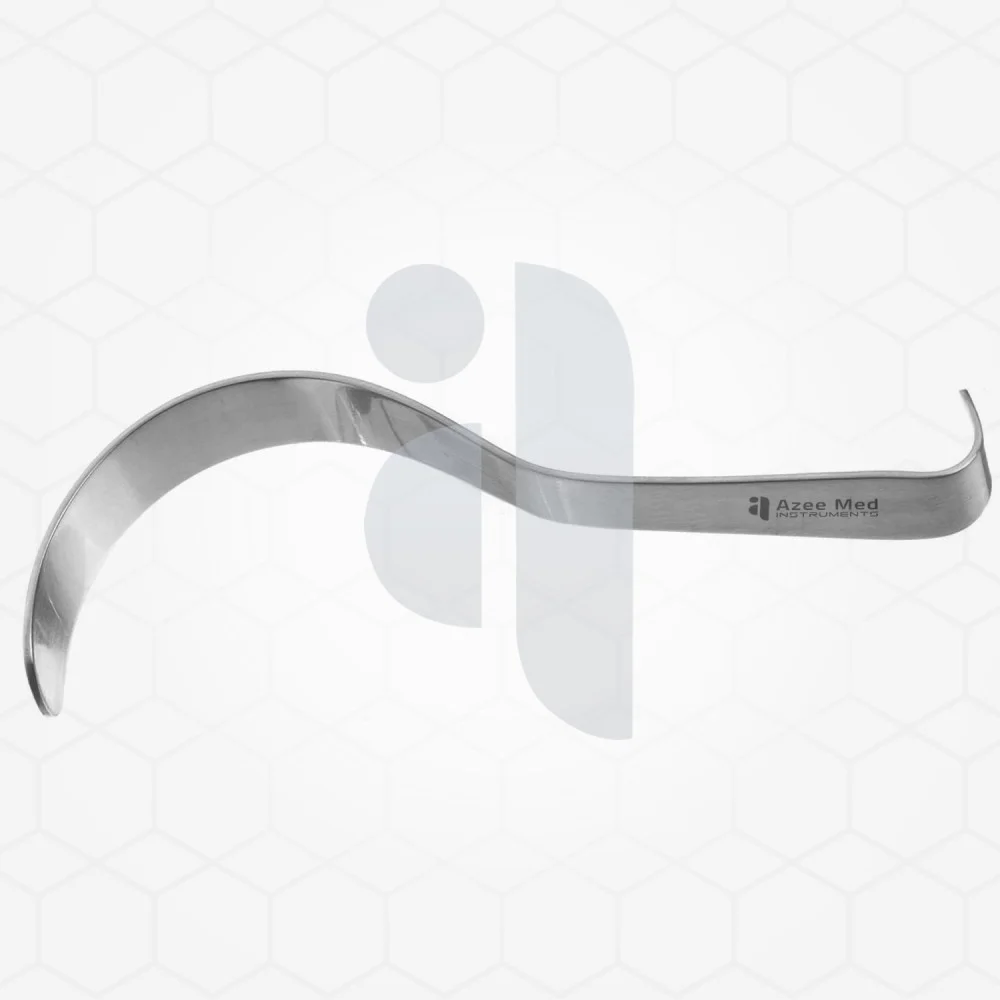Deaver Surgical Instrument: A Comprehensive Guide
Share this Post to earn Money ( Upto ₹100 per 1000 Views )

The Deaver surgical instrument is a highly versatile and indispensable tool in the field of surgery. Known for its sleek design and crucial functionality, it has become a staple in operating rooms worldwide. From general surgeries to complex procedures, the Deaver retractor plays a vital role in ensuring precision, safety, and patient care.
Understanding the Purpose of a Deaver Retractor
The Deaver retractor is primarily designed to hold back the edges of incisions or tissues during surgery. Its curved shape and smooth edges make it perfect for accessing deep surgical sites without causing unnecessary damage. This instrument helps surgeons maintain a clear view of the area being operated on, improving the overall outcome of the procedure.
Features That Set the Deaver Retractor Apart
Crafted from high-quality stainless steel, the Deaver surgical instrument is known for its durability and resistance to wear. Its ergonomic design allows surgeons to handle it comfortably for extended periods, reducing hand fatigue during prolonged operations. Available in various sizes and blade widths, the tool can be customized to suit different surgical needs, from abdominal surgeries to delicate procedures involving specific organs.
Applications of the Deaver Instrument in Surgery
The versatility of the Deaver retractor extends across multiple surgical disciplines. It is frequently used in abdominal, thoracic, and gynecological surgeries where access to deeper cavities is required. By holding back organs and tissues seamlessly, it ensures that surgeons can focus solely on the procedure at hand. Even in operations involving specialized tools like a dermatome instrument the Deaver retractor proves to be an invaluable accessory for maintaining proper visibility.
Innovations and Variations in Modern Designs
While the traditional Deaver retractor remains popular, modern advancements have led to the creation of lightweight and more flexible models. These innovations cater to the specific needs of specialized surgeries, ensuring that both patients and medical professionals benefit from cutting-edge tools. The adaptability of the Deaver instrument continues to evolve, making it indispensable even in minimally invasive procedures.
Conclusion
The Deaver surgical instrument is a testament to the ingenuity of medical devices, combining functionality with reliability. Its role in enhancing surgical precision is unmatched, making it a trusted companion for medical professionals. Whether in general surgery or niche procedures, the Deaver retractor remains a critical tool that facilitates successful outcomes and patient care.














